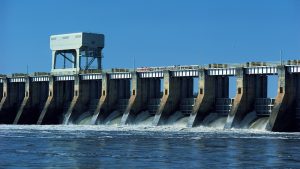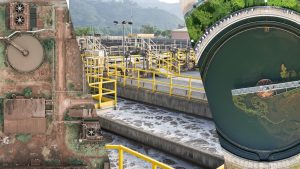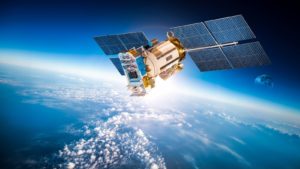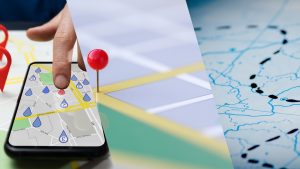Do you find it difficult to produce water that is clean, safe, and ready for use in an age of growing demand and environmental challenges? The answer often lies in technologies such as chemical sensors working silently behind the scenes. These small yet mighty tools revolutionise water management by offering precision, efficiency, and real-time insights. They do not just detect contaminants, but their functionality goes beyond the traditional barriers in the water industry. This is why more water plants around the world tend to opt for this technological device nowadays.
In this article, we explore the main advantages of chemical sensors for the water industry.
In this article, we explore the main advantages of chemical sensors for the water industry.
What are Chemical Sensors?
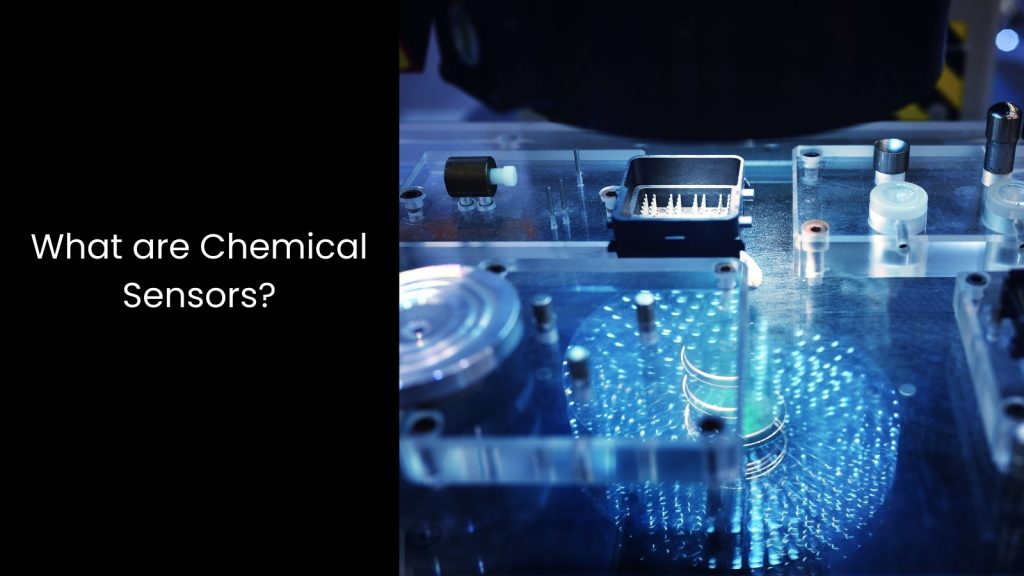
- Chemical sensors are devices that identify and measure the presence of specific chemicals in their environment. They work by converting a chemical interaction into an electrical signal that provides information about the concentration or type of chemical detected.
- These sensors consist of a recognition element, which reacts with the target chemical, and a transducer, which transforms this reaction into a readable output. Industries like water management, healthcare, and environmental monitoring use chemical sensors to ensure safety and quality. They offer fast, accurate, and reliable data, which helps in making real-time decisions.
- For example, in the water industry, they monitor pH levels, dissolved oxygen, and harmful contaminants. Their compact design allows for easy deployment in various settings, including remote areas.
- Plus, chemical sensors are highly sensitive and adaptable, making them a vital tool for detecting and preventing pollution or chemical imbalances in critical applications.
Main Advantages of Chemical Sensors for the Water Industry
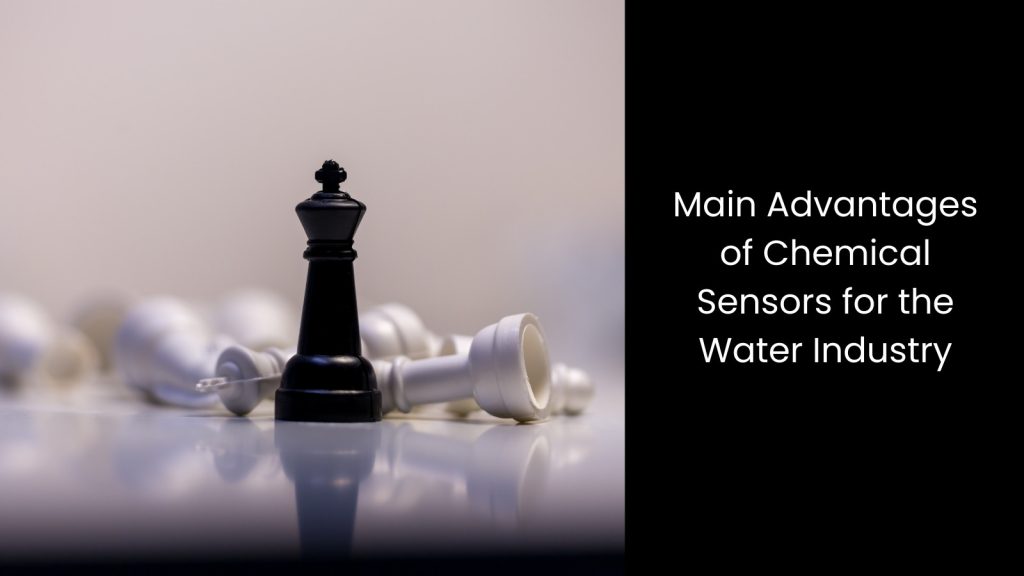
Wide Range of Applications
Chemical sensors enter the limelight in the water industry as they effectively address diverse water quality monitoring needs. These sensors measure a wide range of parameters, such as pH, dissolved oxygen, chlorine, nitrates, and heavy metals, which are critical for maintaining water safety and compliance with regulations.
Their ability to detect even trace levels of contaminants ensures that water remains safe for consumption and usage. Industries use them in applications like wastewater treatment, drinking water purification, and aquaculture, where precise monitoring is essential. Their small size and portability make them ideal for deployment in various environments, from remote rural areas to extensive industrial facilities.
Also, water utilities rely on them to provide real-time data, which speeds up decision-making and minimises risks associated with water pollution or system failures. These sensors also integrate easily with advanced technologies like IoT and cloud systems, enabling continuous monitoring and automated alerts for immediate response. Their adaptability allows them to handle changing water compositions in different scenarios, such as flood management or desalination processes.
As it is coupled with technologies like Predictive Analytics and AI, it can help identify potential issues before they escalate, saving time and costs associated with manual testing. The sensors’ reliability and versatility make them indispensable for ensuring water quality in agricultural, industrial, and municipal systems.
Since it offers accurate and real-time insights, chemical sensors support sustainable water management and protect human health and the environment across various applications.
Their ability to detect even trace levels of contaminants ensures that water remains safe for consumption and usage. Industries use them in applications like wastewater treatment, drinking water purification, and aquaculture, where precise monitoring is essential. Their small size and portability make them ideal for deployment in various environments, from remote rural areas to extensive industrial facilities.
Also, water utilities rely on them to provide real-time data, which speeds up decision-making and minimises risks associated with water pollution or system failures. These sensors also integrate easily with advanced technologies like IoT and cloud systems, enabling continuous monitoring and automated alerts for immediate response. Their adaptability allows them to handle changing water compositions in different scenarios, such as flood management or desalination processes.
As it is coupled with technologies like Predictive Analytics and AI, it can help identify potential issues before they escalate, saving time and costs associated with manual testing. The sensors’ reliability and versatility make them indispensable for ensuring water quality in agricultural, industrial, and municipal systems.
Since it offers accurate and real-time insights, chemical sensors support sustainable water management and protect human health and the environment across various applications.
Real-Time Monitoring
Chemical sensors excel in real-time monitoring, making them invaluable in the water industry. These sensors continuously track water quality by detecting changes in critical parameters. Their ability to provide instant feedback allows water facilities to respond quickly to potential issues like contamination or chemical imbalances.
This rapid detection minimises risks to public health and prevents costly damage to equipment or ecosystems. Water treatment plants use them to ensure that purification processes function effectively, while industries depend on them to maintain compliance with strict environmental regulations.
As mentioned, these sensors integrate seamlessly with advanced systems, such as IoT platforms, enabling automated data collection and instant alerts. Operators receive immediate updates on any deviations from acceptable water quality standards, allowing for proactive interventions. Their compact design and low energy consumption make them suitable for deployment in various environments, including remote areas and harsh conditions.
Chemical sensors also support continuous monitoring in dynamic scenarios, such as flood events or agricultural runoff, where water composition can change rapidly.
Their precision and efficiency enhance resource management by reducing the need for manual testing and laboratory analysis. This real-time capability improves decision-making and supports sustainable practices by ensuring optimal water use and quality.
Their reliability and speed make chemical sensors essential tools for modern water management, protecting ecosystems, human health, and infrastructure from the challenges posed by pollution or contamination.
This rapid detection minimises risks to public health and prevents costly damage to equipment or ecosystems. Water treatment plants use them to ensure that purification processes function effectively, while industries depend on them to maintain compliance with strict environmental regulations.
As mentioned, these sensors integrate seamlessly with advanced systems, such as IoT platforms, enabling automated data collection and instant alerts. Operators receive immediate updates on any deviations from acceptable water quality standards, allowing for proactive interventions. Their compact design and low energy consumption make them suitable for deployment in various environments, including remote areas and harsh conditions.
Chemical sensors also support continuous monitoring in dynamic scenarios, such as flood events or agricultural runoff, where water composition can change rapidly.
Their precision and efficiency enhance resource management by reducing the need for manual testing and laboratory analysis. This real-time capability improves decision-making and supports sustainable practices by ensuring optimal water use and quality.
Their reliability and speed make chemical sensors essential tools for modern water management, protecting ecosystems, human health, and infrastructure from the challenges posed by pollution or contamination.
Compact and Portable
Chemical sensors are highly suitable for the water industry because of their compact and portable design.
Their small size makes them easy to install in various locations, including confined spaces, pipelines, and remote areas where traditional monitoring equipment cannot fit. Water management teams can deploy these sensors across multiple points in a system, ensuring comprehensive coverage of water quality.
Their portability allows operators to move them quickly between locations, enabling flexible monitoring in dynamic environments such as construction sites, temporary water sources, or areas affected by natural disasters.
Field technicians rely on these sensors to perform on-site testing without requiring large, expensive laboratory setups. This saves time and resources while providing immediate results to address water quality concerns. Their lightweight nature ensures that even handheld devices can deliver precise measurements, making them suitable for emergency response scenarios. The portability also supports frequent monitoring in industries like aquaculture or agriculture, where water conditions can vary significantly across different areas.
On the other hand, chemical sensors easily integrate with different tools and systems, allowing technicians to collect and analyse data on the go. Their energy-efficient design ensures long-term use in remote or off-grid locations, further increasing their utility.
These sensors help authorities monitor water quality with precision and efficiency while maintaining mobility and adaptability. Their compact and portable nature makes them indispensable for ensuring safe and sustainable water management in a wide range of applications.
Their small size makes them easy to install in various locations, including confined spaces, pipelines, and remote areas where traditional monitoring equipment cannot fit. Water management teams can deploy these sensors across multiple points in a system, ensuring comprehensive coverage of water quality.
Their portability allows operators to move them quickly between locations, enabling flexible monitoring in dynamic environments such as construction sites, temporary water sources, or areas affected by natural disasters.
Field technicians rely on these sensors to perform on-site testing without requiring large, expensive laboratory setups. This saves time and resources while providing immediate results to address water quality concerns. Their lightweight nature ensures that even handheld devices can deliver precise measurements, making them suitable for emergency response scenarios. The portability also supports frequent monitoring in industries like aquaculture or agriculture, where water conditions can vary significantly across different areas.
On the other hand, chemical sensors easily integrate with different tools and systems, allowing technicians to collect and analyse data on the go. Their energy-efficient design ensures long-term use in remote or off-grid locations, further increasing their utility.
These sensors help authorities monitor water quality with precision and efficiency while maintaining mobility and adaptability. Their compact and portable nature makes them indispensable for ensuring safe and sustainable water management in a wide range of applications.
Automation Capabilities
These sensors continuously monitor water quality and eliminate the need for frequent manual testing, which reduces labour costs and saves time. Their ability to operate autonomously allows water treatment plants and industrial facilities to maintain consistent oversight without constant human intervention.
Automated systems equipped with chemical sensors can instantly detect changes in water quality parameters such as pH, turbidity, and chemical contaminants. This immediate detection enables rapid responses to potential issues, ensuring water remains safe and compliant with regulations.
You know that these sensors integrate seamlessly with smart systems and IoT technologies. This collaboration creates fully automated solutions for water management. They send real-time data to centralised systems, allowing operators to monitor multiple sites from a single control centre.
Automation also supports predictive maintenance by identifying trends and alerting teams to potential problems before they escalate. This capability minimises downtime and reduces costs associated with equipment failures.
This way, chemical sensors contribute to creating dynamic systems that adjust automatically based on water quality readings. For example, they can trigger chemical dosing systems or filtration adjustments to maintain optimal water conditions. Their reliability and precision ensure consistent performance, even in complex operations.
It is evident that their role in automation helps streamline water management processes, improve efficiency, and ensure sustainable resource use. The integration of automation with chemical sensors transforms water industry practices, providing a robust solution for modern challenges.
Automated systems equipped with chemical sensors can instantly detect changes in water quality parameters such as pH, turbidity, and chemical contaminants. This immediate detection enables rapid responses to potential issues, ensuring water remains safe and compliant with regulations.
You know that these sensors integrate seamlessly with smart systems and IoT technologies. This collaboration creates fully automated solutions for water management. They send real-time data to centralised systems, allowing operators to monitor multiple sites from a single control centre.
Automation also supports predictive maintenance by identifying trends and alerting teams to potential problems before they escalate. This capability minimises downtime and reduces costs associated with equipment failures.
This way, chemical sensors contribute to creating dynamic systems that adjust automatically based on water quality readings. For example, they can trigger chemical dosing systems or filtration adjustments to maintain optimal water conditions. Their reliability and precision ensure consistent performance, even in complex operations.
It is evident that their role in automation helps streamline water management processes, improve efficiency, and ensure sustainable resource use. The integration of automation with chemical sensors transforms water industry practices, providing a robust solution for modern challenges.
Integrating Sensor Technology for Optimised Water Treatment Mechanism
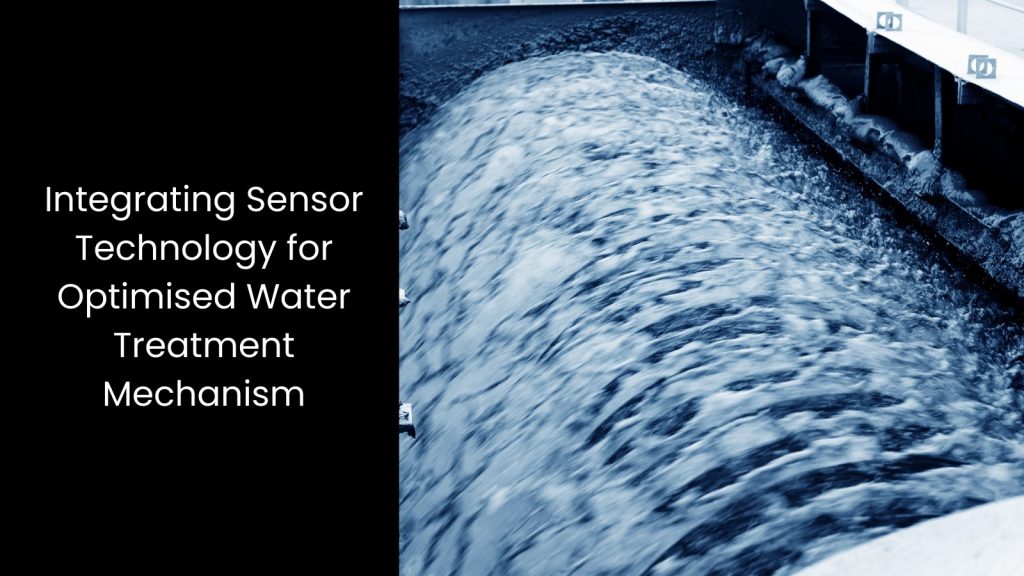
There is no doubt that Sensor technology transforms water treatment into a seamless blend of precision and sustainability. Opting for a Smart Water Asset Management System will empower you to tackle rising demands while staying environmentally responsible. From real-time insights to automated processes, sensors deliver unmatched efficiency. With the right implementations in place, you can secure better water quality, protect ecosystems, and prepare for a future where every drop truly counts.

